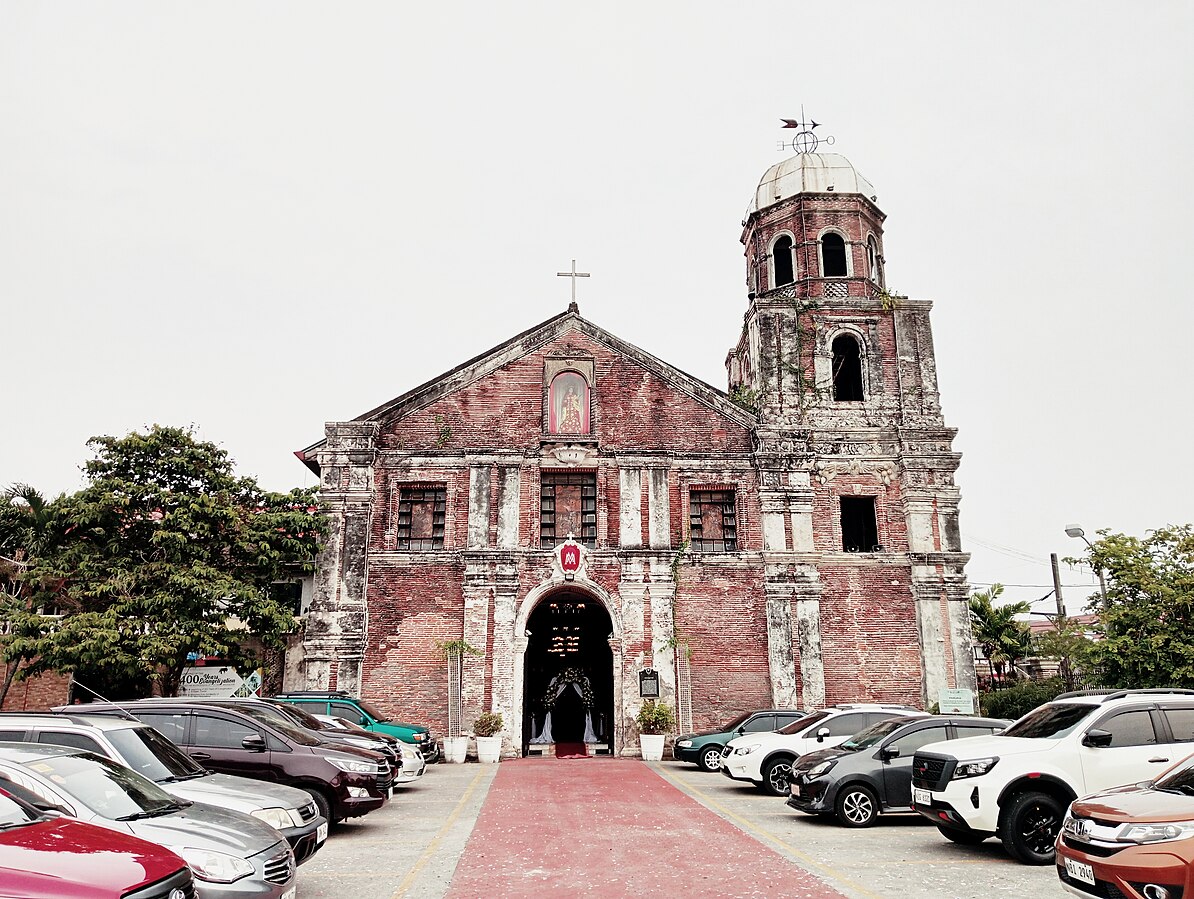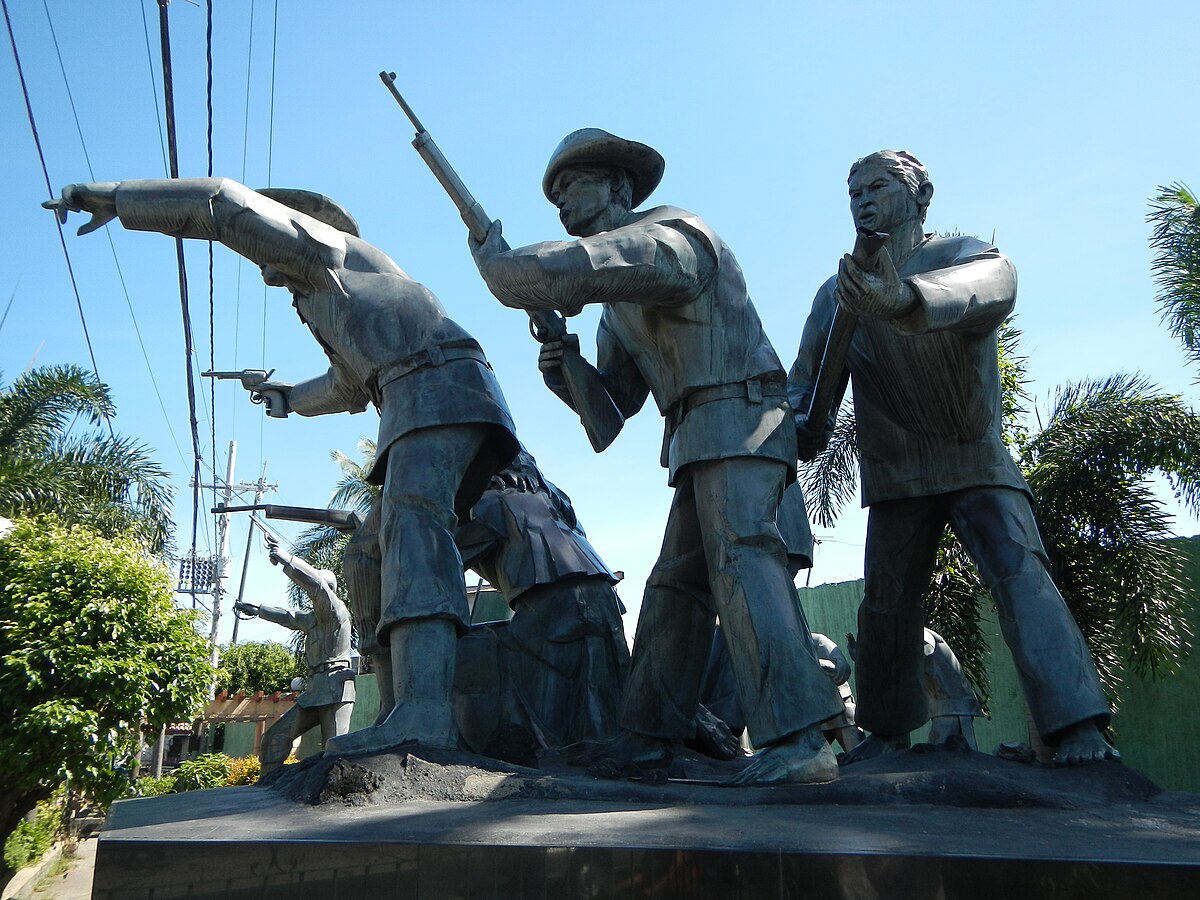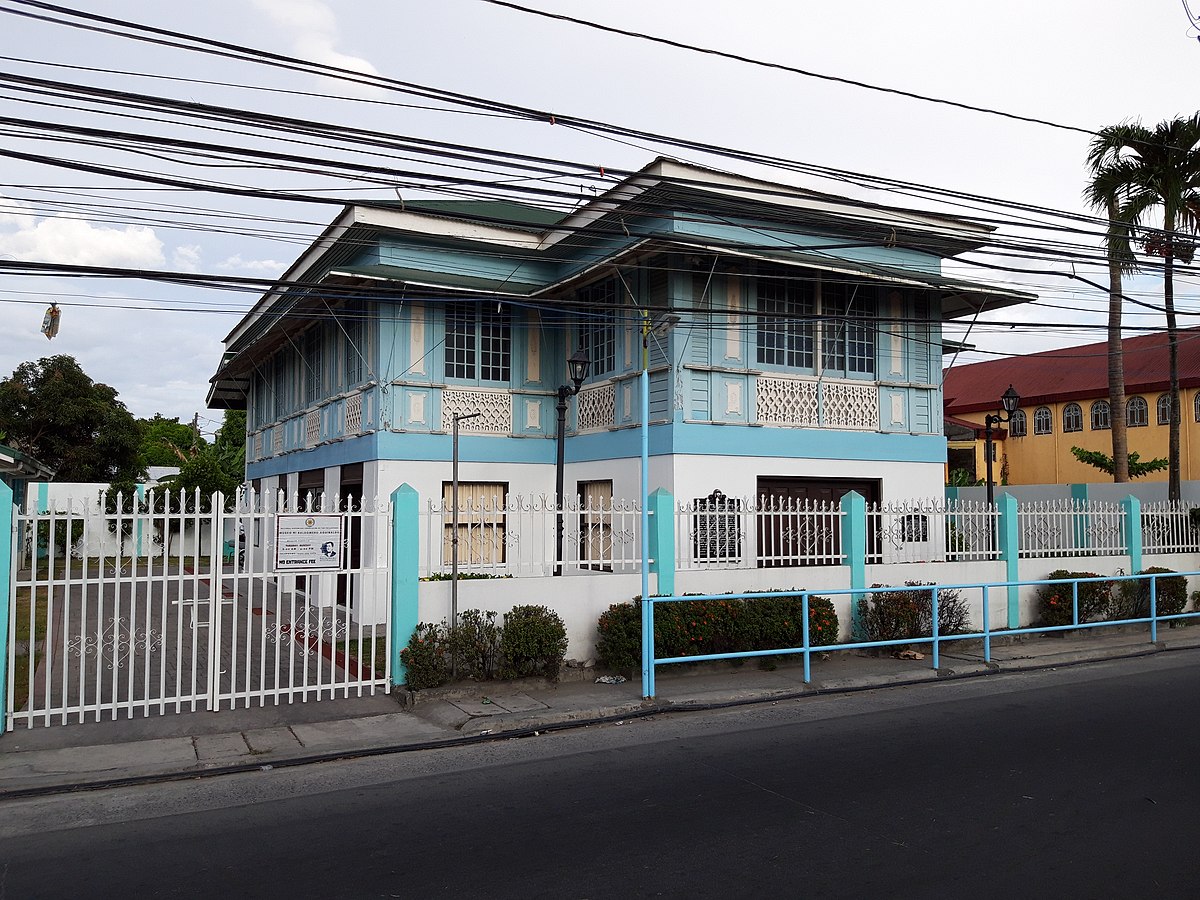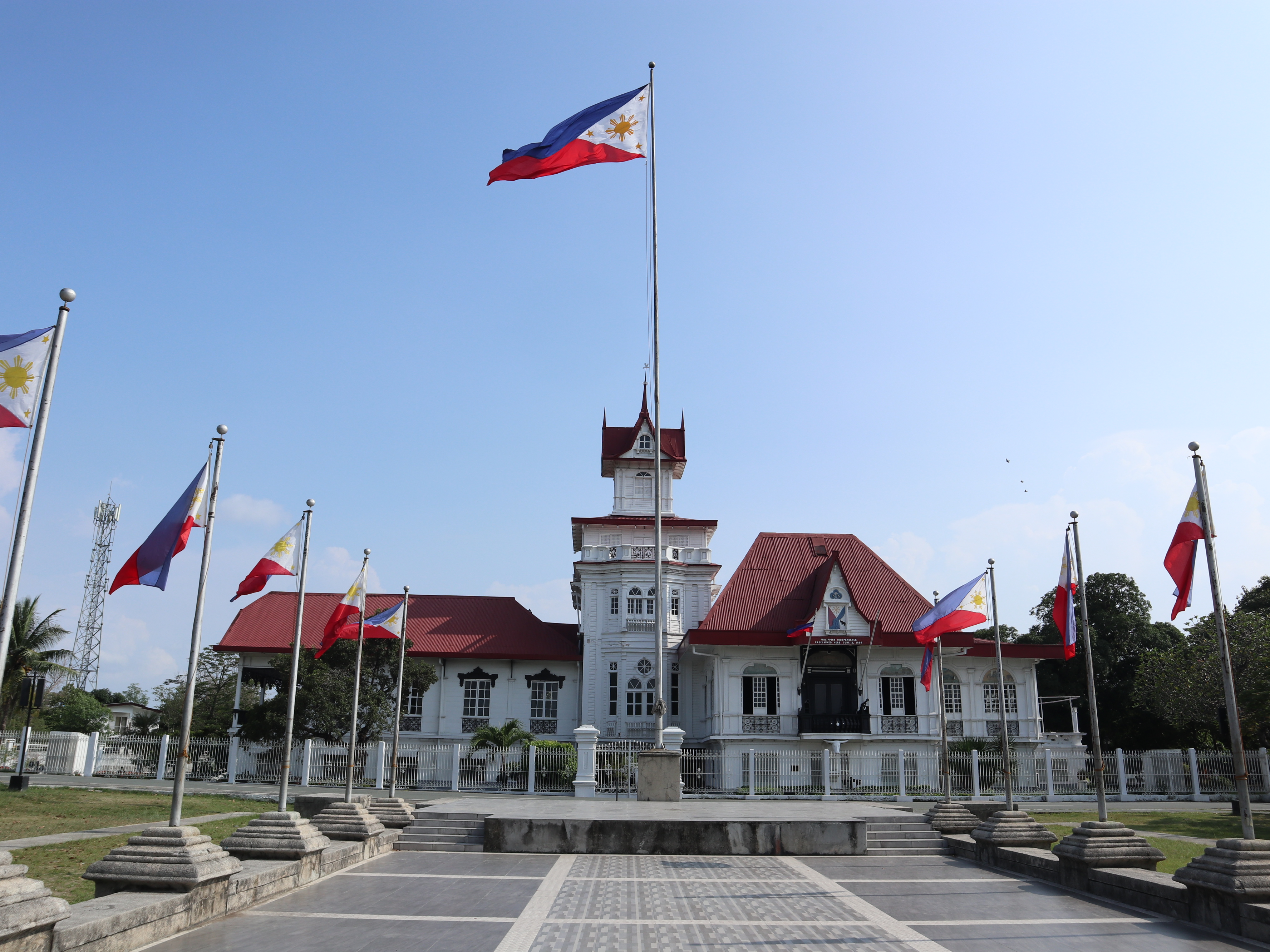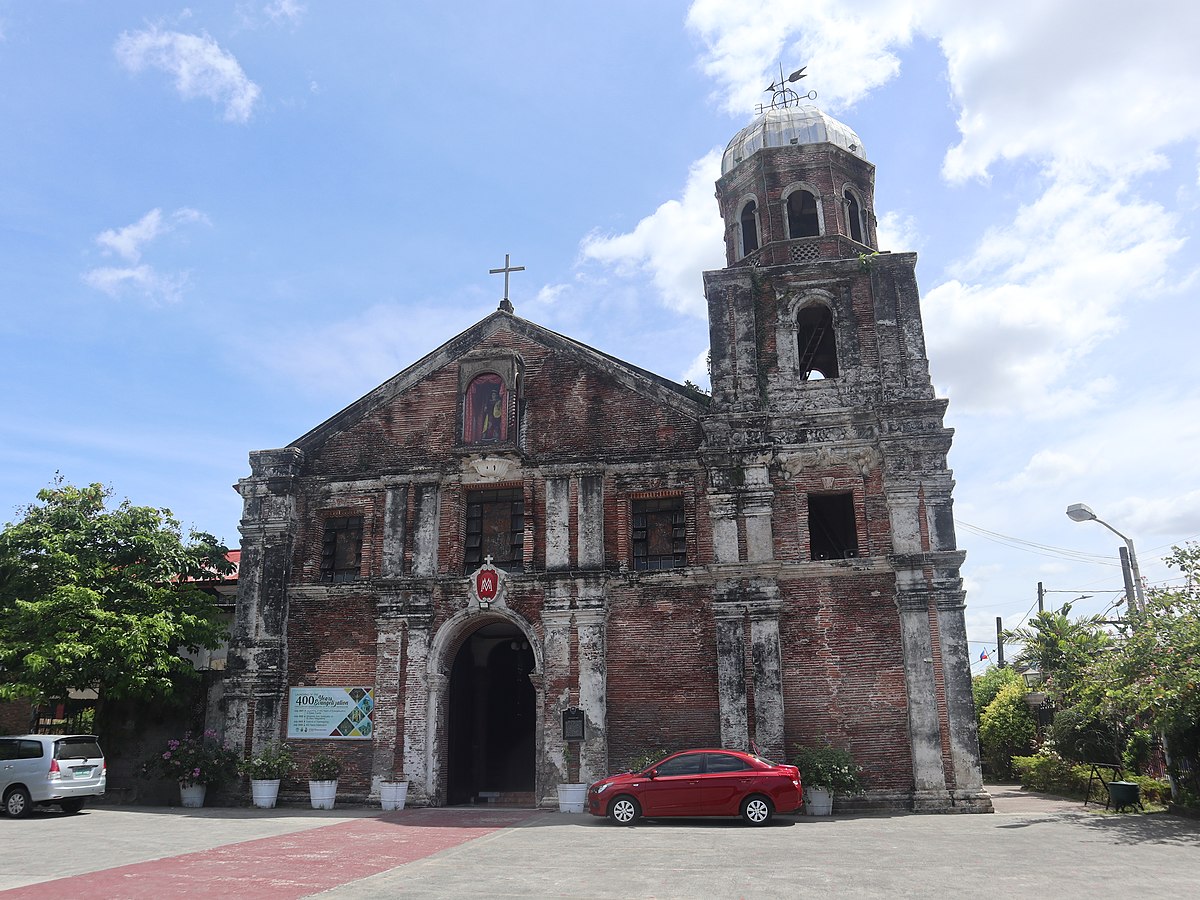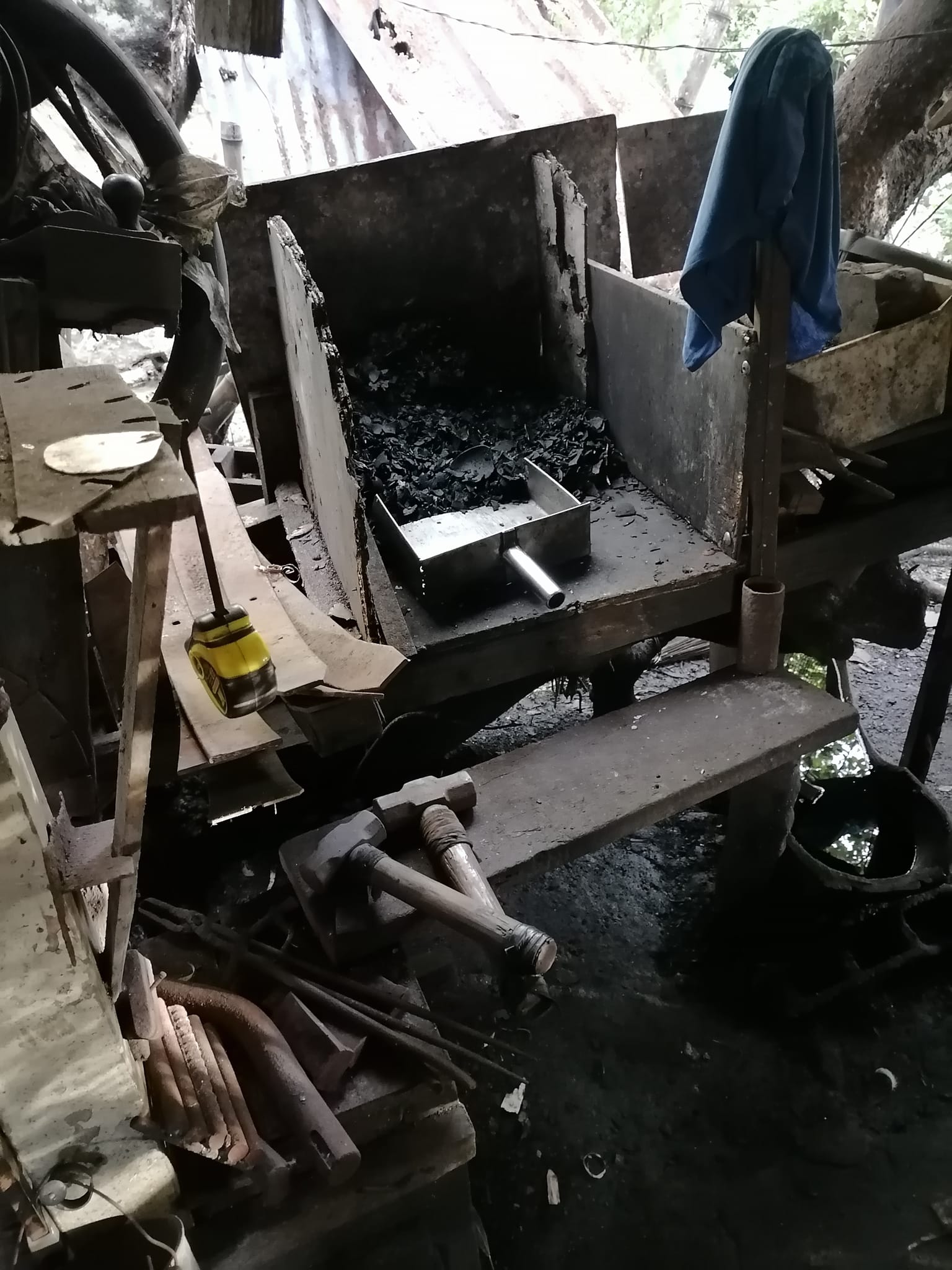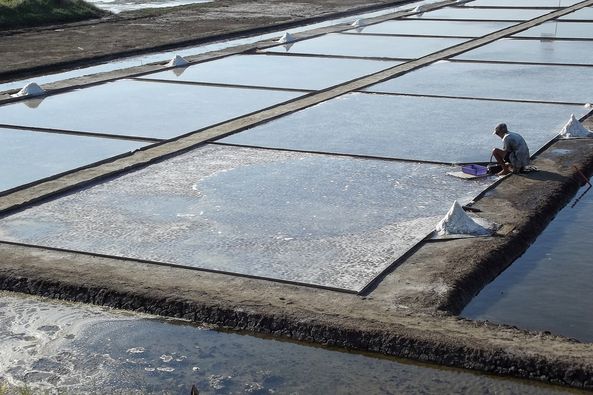Welcome to Kawit in Cavite, and welcome to Anthro on Foot's walking tour! This is a self-paced
walking tour
that features key heritage sites and cultural highlights in the area. We hope you enjoy this tour as
much as we
enjoyed curating it!
The Tagalog people were among the predominant ethnic groups in this region. These communities had
their own distinct cultures, languages, and social structures.
Kawit, with its strategic location in the Philippines, was connected to maritime trade routes. Its
precolonial inhabitants engaged in trade with neighboring regions, exchanging goods and ideas with
other Southeast Asian cultures.
Cavite, including those along Manila Bay, was attractive for settlement due to its proximity to the
sea. Communities engaged in fishing, trading, and maritime activities, contributing to the economic
and cultural life of the region.
Various names were associated with present-day Cavite City. The early Tagalog settlers referred to
it as Tangway, denoting a peninsula, while others, observing its resemblance to the sharp-edged part
of the hook-shaped coastal land, called it Kawit. Chinese traders, known as Sangleyes, conducting
business with the locals, termed it Keit, a distortion of Kawit.
The Spanish arrival in the 16th century marked a significant turning point, leading to changes in
governance, religion, and culture in Cavite and throughout the Philippines.
During the Spanish times, the name Cavite underwent a transformation from the indigenous term Kawit
or Cauit, signifying a hook, describing the coastal land formation along Bacoor Bay. The
pronunciation shifted to Kawite or Cavite due to the absence of the letter K in the Castilian
alphabet, prompting the substitution of w with v to align with Spanish pronunciation.
The northern tip, originally Tangway, was designated Cavite la Punta, meaning Tip of Cavite.
Recognizing Cavite la Punta as a suitable location for ship repair and construction, they named it
Cavite Nuevo (or New Cavite) and chose to relocate their settlement, establishing the Puerto de
Cavite (or Port of Cavite).
